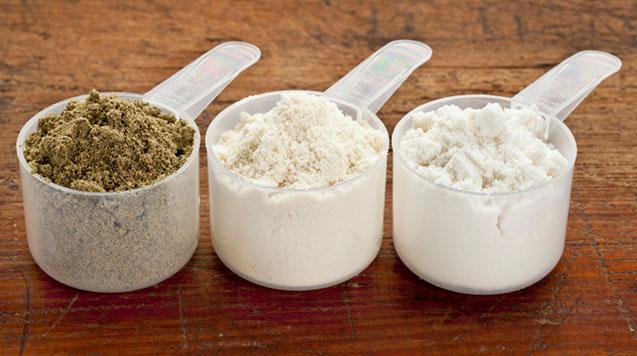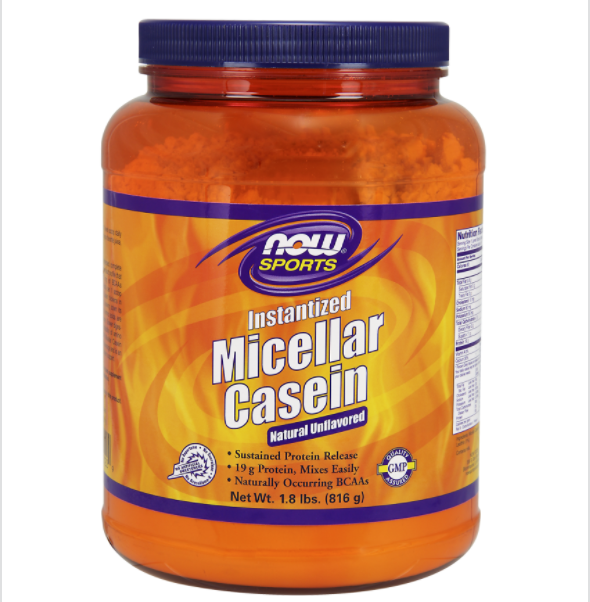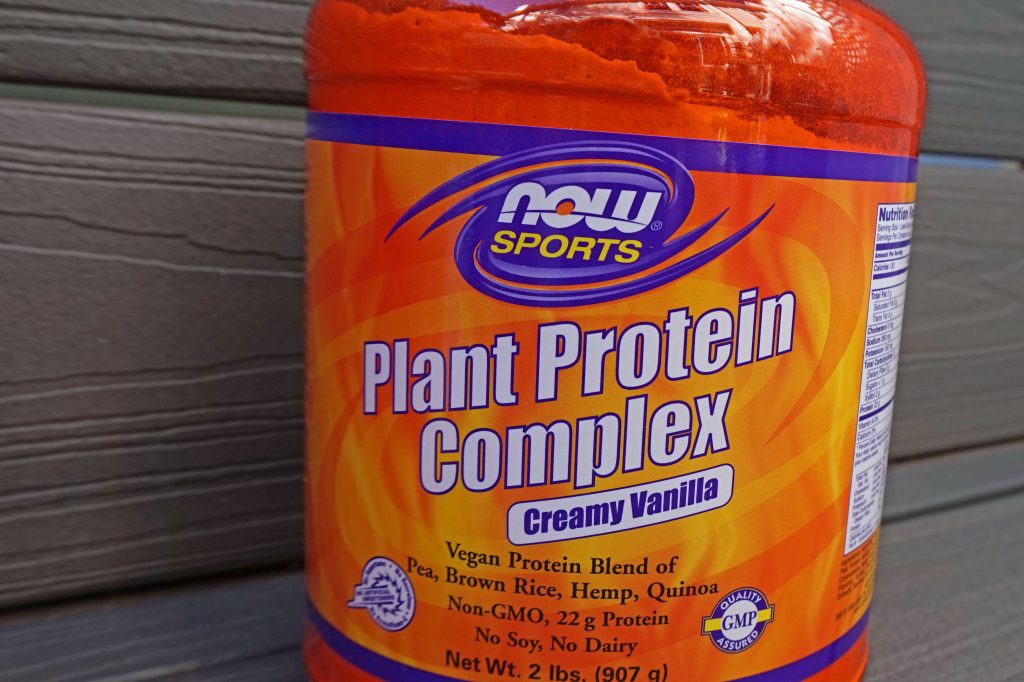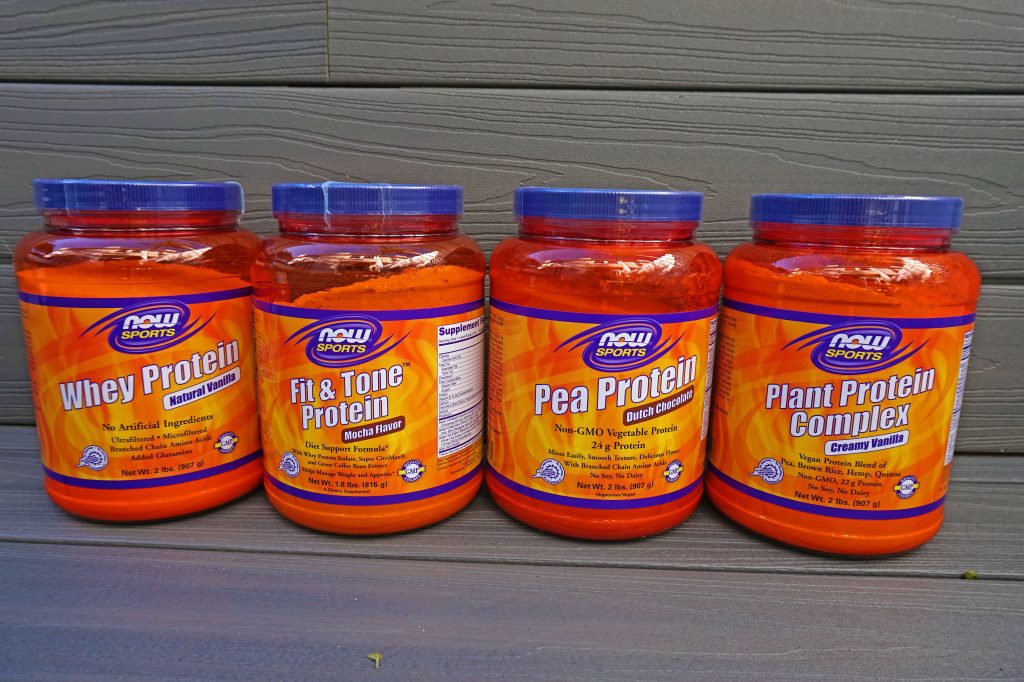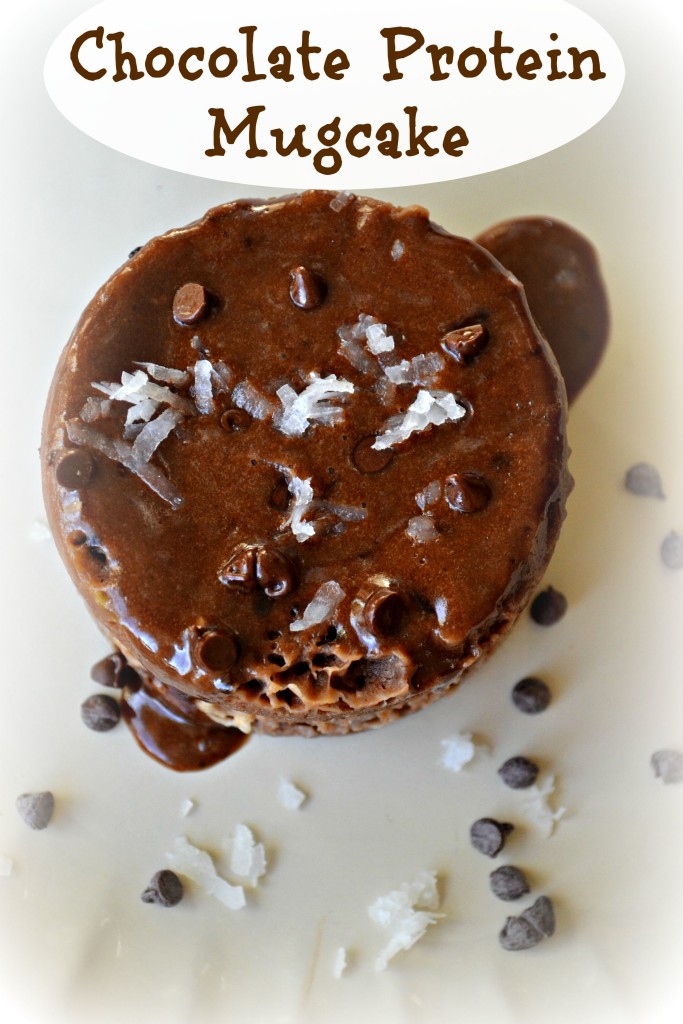Learn the importance of protein and all about the 3 main types of powders in this protein powders 101 post
A lot of you ask me what types and brands of protein I use or are best for you. And I GET IT. With all of the products on the shelves, it can be OVERWHELMING. I understand why questions like, Which brand do I buy? Where can I find it? How much protein do I need? … are commonly asked. I hope this post provides some helpful insight on protein powders in general and your own unique protein needs, the different types of protein powders out there, and what you should be looking for when purchasing one.
As much as I am thankful for partnering with NowFoods to bring you this educational post as a soon to be sports dietitian, I want to say a little note before beginning. I am VERY careful and selective with who I have/do associate myself with, whether in the past or now. I have tried MANY brands out there, and will never post anything about a company that I don’t truly believe it. And after consideration and a lot of looking into the company, I have chosen to partner with NowFoods for 2017.
So now let’s get to ALL about protein powders! And no, this post isn’t all about one specific company, but education on protein powders in general! 🙂
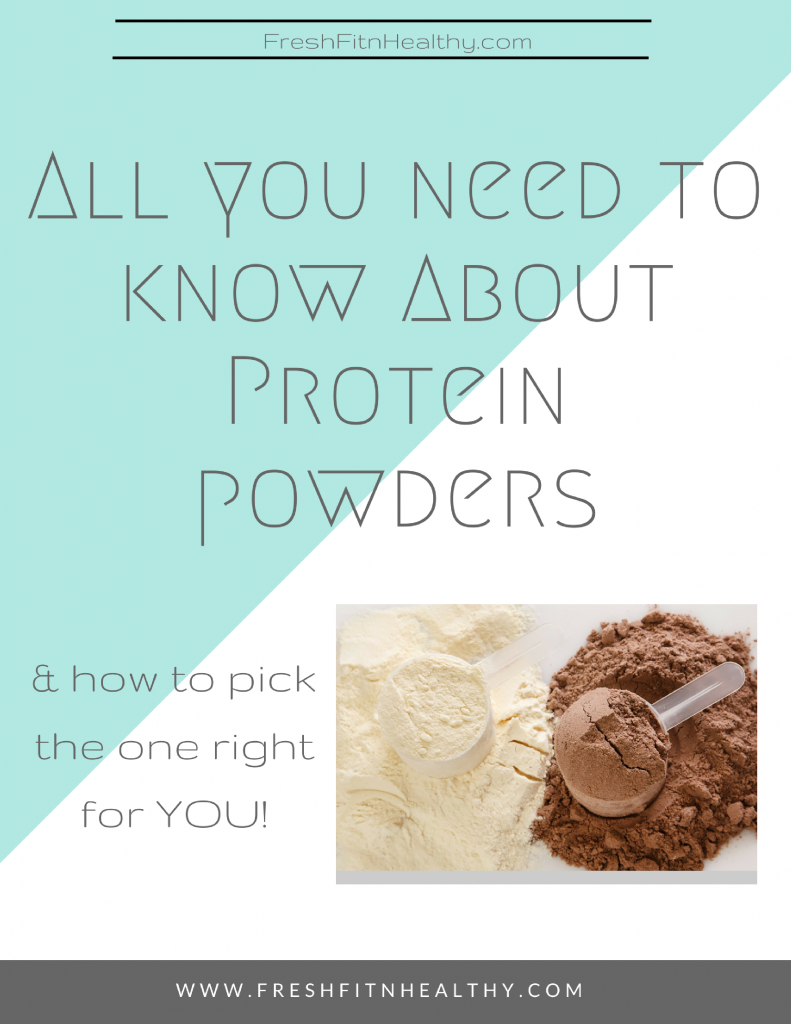
Why Is Protein Necessary In Your Diet?
Protein is an important macronutrient that is responsible for not only building lean muscle, but it also plays an important role in maintaining and repairing your body tissues. Your skin, muscles, organs, bones..protein plays a structural role in them all!
Now your body is constantly breaking down proteins, but unlike fat and carbohydrates, the body doesn’t use protein as the prime energy source in the same way. So it is necessary to consume adequate protein each day.
Not only is it needed for body processes, but of all the macronutrients, it is known to keep you satisfied and feeling full longer than the others. So if you find yourself getting hungry quickly after eating meals, adding more protein to your diet could help!
Here’s some quick (but research-based) reasons to eat more protein!
- Protein can reduce cravings, regulate appetite, and keep your full longer (source)
- Protein can increase muscle mass and strength (source 1,2,3)
- Can boost your metabolism and increase fat burn (sources: 1, 2, 3)
- Because of ^^, can lead to weight loss in overweight populations (sources: 1,2,3)
- Contrary to myths out there, high protein diets have not been shown to harm kidneys in healthy populations (sources: 1,2,3)
- But if you have existing kidney disease, then it can be beneficial to restrict protein like shown here
- Protein can help your body repair after injury (sources: 1,2)
- I’ve even seen this be true during this clinical rotation of mine. We give patients with injuries more protein (anywhere from 1-2g/kg), and one of our biggest concerns of all patients is whether or not they are getting enough total calories, and enough protein.
- Protein can help you “keep fit” as you age (sources 1,2,3)
- It helps slow down the aging process that is naturally accompanied with muscle loss and fat gain.
How Much Protein Should YOU Be Having Daily?
The RDA is .8 grams of protein for every kilogram of body weight (divide your weight in lbs by 2.2 to get kilograms), but any normal, healthy individual that isn’t too active, .8-1g/kg is usually a fine amount.
However as you saw above, research has shown 1) that no harmful affects all the way up to 2g of protein/kg, and many great benefits can come from a higher protein diet. (One study here even had no bad effects after giving participants OVER FOUR grams/kilogram body weight!).
In athletes and those that are very active, higher amounts of protein may be beneficial — anywhere from 1.2-2g/kg. Endurance athletes tend to need a range from 1.2-1.5g/kg, and strength athletes can benefit anywhere from 1.2-2g/kg. Some have claimed to even feel good going as high as 2.2g/kg, or 1g per lb of body weight.
Not only is the amount of protein important, but the TIME you eat it is key too. You want to not only get enough protein overall, but also enough at each meal. A good rule of thumb is at least 20-30 grams at each meal, especially around your workouts, when nutrient absorption is highest.
You can get in enough protein through your diet most times, but for convenience and ease, many people incorporate protein powders into their daily diet (I know I do almost every day with such a busy schedule!). So here’s some facts on all the different kinds of types and brands out there. Just remember, protein powders are a SUPPLEMENT, to supplement an already healthy diet; not to replace a healthy diet 🙂
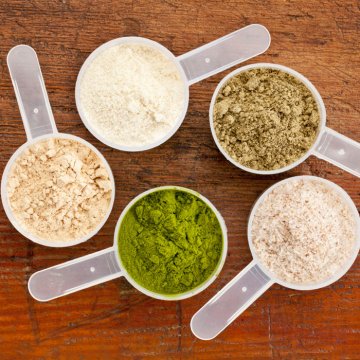
So Many Different Types, Which of Protein Powder Should I Use?
There are many different kinds of protein powders out there, but the 3 main powders out on the market nowadays are whey protein, casein protein, and plant-based proteins (either pea protein, brown rice protein, or a mix of a few plant based sources!). There is also egg-white protein and soy protein, but today we’re going to focus on the top 3 and give you the low-down in a short and sweet summary!
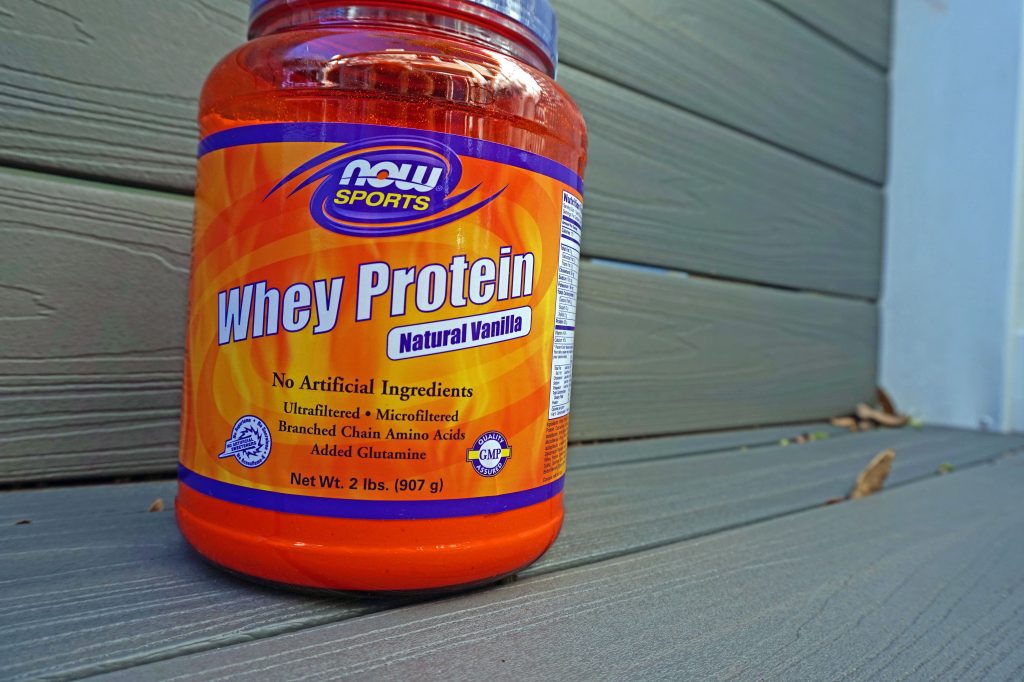
Whey Protein Powders:
- FAST releasing, dairy-based protein, that is probably the most common and cheapest protein powder out on the market. Being fast-releasing means it is readily available for your body to use as soon as you consume it, so post-workout, this is a great option to turn to!
- It get’s a little more complicated when you look at the different kinds of whey, like isolate vs hydrolyzed. “Hydrolyzed” means the product has broken down from whole proteins down into smaller groups of amino acids (the building blocks of proteins), also referred to as peptides. This method is meant to improve the speed of digestion. Another term, “isolate,” refers to a purification process where supplement companies attempt to get the purest form of whey protein possible. These are both great and all, but according to many experts out there, it’s not necessary to spend the extra money on them.
- Try any of my smoothies and shakes with whey protein, like my cinnamon roll flavored one, or my strawberry shortcake, or my almond joy one, or my chocolate PB one, or my birthday cake shake… or my other fun recipes like my pumpkin homemade protein bars, or my double chocolate ice cream!
- Be careful baking with whey though, as it tends to lead to a dry product unless you add a lot of moisture and fats. Best to stick to no-bake recipes with this one!
Casein Protein Powders
- Slow releasing, also milk-based protein powder. This means it’s a good choice for times when you desire to stay fuller longer, or to take right before bed when it will supply the body with protein throughout the night when you enter a catabolic state.
- Casein is much more absorbent than whey, so it leads to a thicker smoothie when adding it in, and also can be great for baking! However, it isn’t the best at stirring right into liquid like whey is, so blending is best with this one.
- Try my sleepy time PB Chia Seed Pudding for a great pre-bed, casein-packed dessert!
Plant-Based Protein Powders (pea, brown rice, hemp, ect.)
- Unlike whey and casein, plant based proteins aren’t always “complete proteins”, meaning they don’t offer all of the essential amino acids. BUT, despite not being complete alone, when brown rice protein is combined with pea protein or hemp protein…or pea protein is combined with one of the other two, it becomes a COMPLETE protein. This is the same situation as beans and rice, which aren’t complete proteins on their own, but are when combined. Which is why so many people do it!
- I’ve personally found that plant-based proteins settle/digest better, and don’t lead to as many stomach issues. This is why you’ve seen me using plant-based proteins a lot in recipes in the last year or so. It also BAKES very well, as with casein, it too is also very absorbent and holds a lot of moisture. But everyone is individual, and some love whey and hate plant-based, some are the opposite, and others love both!
- All plant-based proteins can be a good source of protein, but finding one that is a mix of pea and brown rice protein to complete the essential amino acid profile, may be best!
- Try any of my yummy baked goods and no bite bars/bites… like my protein brownies, no bake brownie balls, cinnamon roll balls, mocha chip protein bars, chocolate peanut butter bars, protein overnight oats..just to name a few!
And SO Many Different Brands! Which One is “Best”?
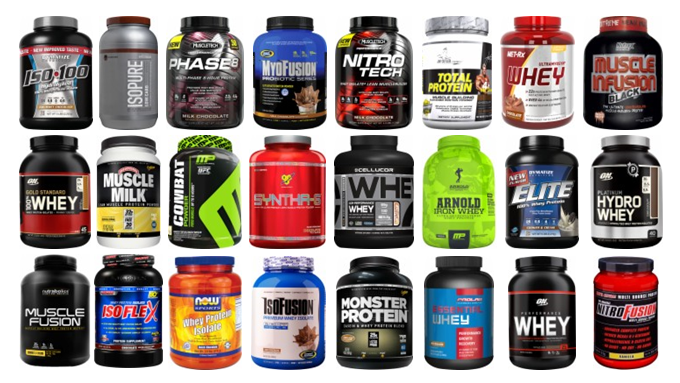
I’m not going to sit here and tell you there is one brand out there that is MAGICALLY better than every single other one out there on the market. But what I will share is KEY things you should consider when buying them.
I will say it again, that whether you’ve seen the very few protein brands I’ve associated myself with in the past, or you see this company Now Foods that I have chosen to partner with recently, I am VERY careful and selective with who I have/do associate myself with. I have tried MANY brands out there, and will never post anything about a company that I don’t truly believe it.
Key Factors When Buying Protein Powders
- ALLOWED substances
- This is only if you’re a competitive athlete. But if you are, this factor goes FIRST when deciding on the product you’re going to buy. You know how hard it can be if you’re an athlete, to find brands that you can trust, and don’t contain any banned substances in them. Make sure you find a brand that is NSF-certified or that the brand has been tested and screened for banned substances, allergens, and adulterants.
- Minimal Ingredients: if you look at the ingredient on the back and see 4 lines of ingredients, I’d rule it out.
- Ingredients You Can Pronounce (& are familiar with!): You know those products you look at, and see some crazy names of ingredients you don’t even recognize? “Is that even English??” Yeah. That’s probably a good sign to avoid it. “Diet products” are the greatest source for these kind of ingredients, as they take out natural fats and sugars, and replace them with other things.
- Side note not on protein powder: if it says “calorie free” or “fat free”, it probably has a ton of artificial, unknown ingredients in it, to replace the calories and fat it has removed. Be careful of putting said things in your precious body
- Quality:
- Not all proteins are created equal. Some cause GI issues, others have a ton of filler ingredients and bad ingredients, and others just taste like plain dirt..or maybe the weeds your plucked from your backyard the other day. The key factors that comprise quality are:
- Yield, Amino Acid Profile (BCAA – EAA ratio), Taste, Ease of use, Blendability, Digestibility and Results
- Not all proteins are created equal. Some cause GI issues, others have a ton of filler ingredients and bad ingredients, and others just taste like plain dirt..or maybe the weeds your plucked from your backyard the other day. The key factors that comprise quality are:
- Protein Content: I always look and make sure a protein powder has about at least 20g per serving in it.
- For Whey: Contains a key amino acid called Leucine. And it takes about 20g of protein powder to get your necessary leucine for muscle protein synthesis.
- Yield
- (Grams Protein Per Serving x 100) / Serving Size In Grams
- This will help give you a percentage of protein
- (Grams Protein Per Serving x 100) / Serving Size In Grams
- Amino Acids
- You want to look for a protein that has both the Branched Chain Amino Acids (BCAAs), and the Essential Amino Acids (EAAs). This is where plant proteins need to have a combination of different sources, to provide the necessary amino acids to be a complete protein.
- Total BCAA / Total EAA = x% (good percentage is around 50%)
- Taste
- We all know this matters, because well, if you don’t like the taste of it, you’re not going to use it! Or you’ll just be miserable while consuming it. And either of those results are NOT the goal of a healthy and free life. Nutrition should NOT be tasteless or terrible.
- Ease Of Use:
- How do you plan on using it? If simply drinking mixed in water or milk on the go, does it blend well? If in cooking and baking, does it do well under heat? If blending into smoothies, does it blend well or give a grainy taste?
- That’s why I’ve noted above how I use all the different kinds of proteins. Whey usually mixes into liquid the easiest, but doesn’t bake well. Casein is thick and slow-releasing, so it’s great to make a yummy pudding consistency shake before bed time, but may not be best for post-workout. Vegan is great for, well vegans of course, but also for people that like to bake/make protein bars at home. Or like me, just find that it digests the best for them.
- How do you plan on using it? If simply drinking mixed in water or milk on the go, does it blend well? If in cooking and baking, does it do well under heat? If blending into smoothies, does it blend well or give a grainy taste?
I’ve been using NowFoods brand of protein powders ever since I went on this trip and toured their facility. This trip made me truly believe in their products, and know that I was putting only good, natural ingredients into my body 🙂
- Now Foods can be trusted because it has been tested in their facilities, screened for allergens and adulterants, uses only the best of ingredients and promises that a list of ingredients will never be added, and is VERY open about their manufacturing processes, which most companies are not about.
How To Incorporate More Protein Each Day
Quick Tips to Add More Protein Into Your Day to Day Life!
- Make a protein shake one of your snacks throughout your day to add quick, convenient nutrition throughout your busy day
- Have protein at every meal. Usually have toast for breakfast? Add an egg or yogurt in. Salad for lunch? Add some chicken or beans on top. Pasta for dinner? Add some lean beef or turkey meatballs or pesto shrimp to your next bowl!
- Mix in some protein power to your oats like I did here with these Cookie Dough flavored ones or Red Velvet flavored ones. It adds both protein and flavor!
- Choose Greek yogurt over regular low-fat yogurt when making your next parfait. 1 cup of Greek yogurt has about 20-24g of protein in it, depending on the variety. That’s much more than your measly 8-12g in regular yogurt.
- Add protein powder to your fruit smoothies. If you’re anything like me, a fruit smoothie just doesn’t “do it for me”, because I need some substance to it, like protein! Add in a 1/2-1 scoop protein to your next smoothie.
- Add beef-turkey jerky into your diet as an easy-on-the-go snack.
- Sprinkle nuts onto your oats and parfaits.
- Next time you want peanut butter on your toast, mix together this quick 2-ingredient PB dip instead as a topping.
- Try swapping out shredded cheese for cottage cheese on top of your next salad. Cottage cheese is PACKED with protein compared to your everyday shredded cheese.
- Try healthy, high protein alternatives to your favorite treats. Like this ice cream sandwich, or these protein brownies, or these black bean brownies, or these truffles, or this 1 minute chocolate cake!
- Lastly, be weird like me and mix vegan protein into your morning coffee to make a mocha or vanilla flavor! It serves as a great alternative to creamer…don’t knock it till you try it! And don’t use whey for this purpose, it will NOT stir in 🙂
Some Recipes You May Like!
Don’t like the sounds of any of the recipes mentioned above?
